Plastic Food Containers: A Comprehensive Guide to Safe Usage and Disposal
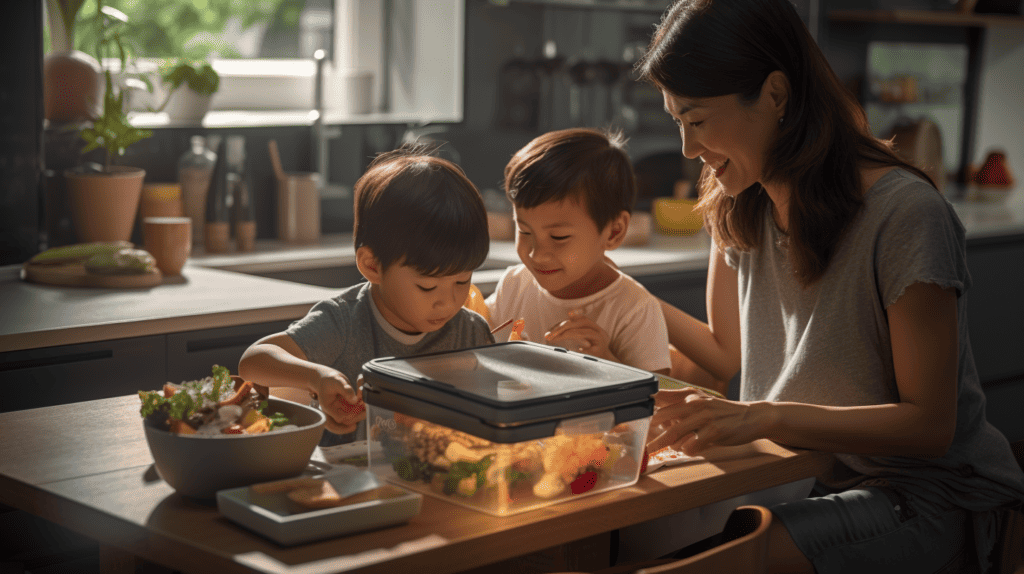
Plastic food containers have become a staple in many households due to their convenience and affordability. They are widely used for storing leftovers, packing lunches, and even meal prepping. However, with the increasing concern over plastic waste and its impact on the environment, it is important to understand the different types of plastic food containers and their safety.
Understanding the different types of plastic food containers is essential to make informed decisions about their usage. There are various types of plastic containers available in the market, including polyethylene terephthalate (PET), high-density polyethylene (HDPE), and polypropylene (PP).
Each type has its own unique properties and is suitable for different purposes. It is important to choose the right type of plastic container based on its intended use and safety.
When it comes to storing food, plastic containers are not the only option available. Glass containers are also a popular choice, and they are considered to be a safer alternative to plastic.
However, plastic containers are more lightweight and less likely to break, making them a more practical option for everyday use. It is important to weigh the pros and cons of both plastic and glass containers before making a decision.
Key Takeaways
- Plastic food containers come in different types and choosing the right type is important for safety and intended use.
- Glass containers are a safer alternative to plastic, but plastic containers are more practical for everyday use.
- It is important to weigh the pros and cons of both plastic and glass containers before making a decision.
Understanding Plastic Food Containers
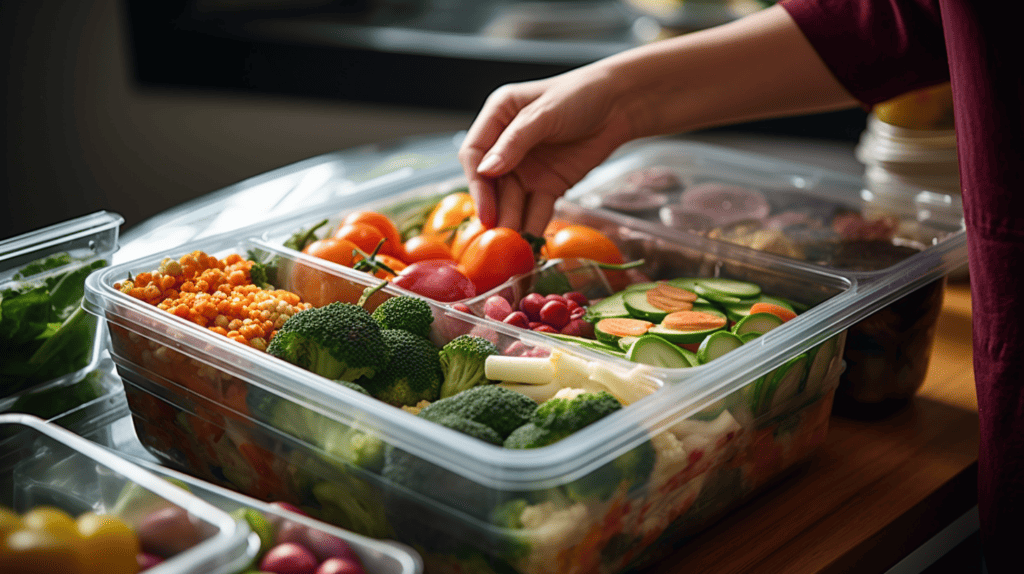
When it comes to storing food, plastic containers are a popular choice due to their convenience and affordability. However, not all plastic containers are created equal, and it’s important to understand the different types of plastic used in food containers and their potential health risks.
Types of Plastic Used in Food Containers
On the bottom of plastic food storage containers, you’ll find a tiny triangle with a number ranging from 1 to 7. This number indicates what the plastic is made of. In general, the safest choices for food use are numbers 1, 2, 4 and 5. Here’s a breakdown of the different types of plastic used in food containers:
- Polyethylene Terephthalate (PET or PETE): This is the most commonly used plastic in food containers and is generally considered safe. It’s used to make water bottles, soft drink bottles, and peanut butter jars.
- High-Density Polyethylene (HDPE): This plastic is used to make milk jugs, detergent bottles, and some plastic bags. It’s considered safe for food use.
- Low-Density Polyethylene (LDPE): This plastic is used to make sandwich bags, cling wrap, and some plastic food containers. It’s generally considered safe, but some studies have raised concerns about its potential to leach chemicals.
- Polypropylene (PP): This plastic is used to make yogurt containers, syrup bottles, and some plastic food containers. It’s considered safe for food use.
- Polystyrene (PS): This plastic is used to make disposable coffee cups, egg cartons, and some plastic food containers. It’s not recommended for food use, as it can leach harmful chemicals.
- Other Plastics (PC, PVC, PLA): These plastics are less common in food containers, but they may be used to make some water bottles, baby bottles, and food storage containers. They can potentially leach harmful chemicals, so it’s best to avoid them when possible.
Tips for Using Plastic Food Containers Safely
To minimize your exposure to potentially harmful chemicals, here are some tips for using plastic food containers safely:
- Choose containers made from PET, HDPE, LDPE, or PP whenever possible.
- Avoid heating food in plastic containers, as heat can cause chemicals to leach into your food.
- Don’t reuse plastic containers that were not specifically designed for reuse, such as takeout containers or yogurt cups.
- If you do reuse plastic containers, make sure they are in good condition and don’t have any cracks or scratches.
- Consider using glass or stainless steel containers for hot or acidic foods, as these materials are less likely to leach chemicals.
By understanding the different types of plastic used in food containers and following these tips for safe use, you can help protect yourself and your family from potential health risks.
Types of Plastic Food Containers
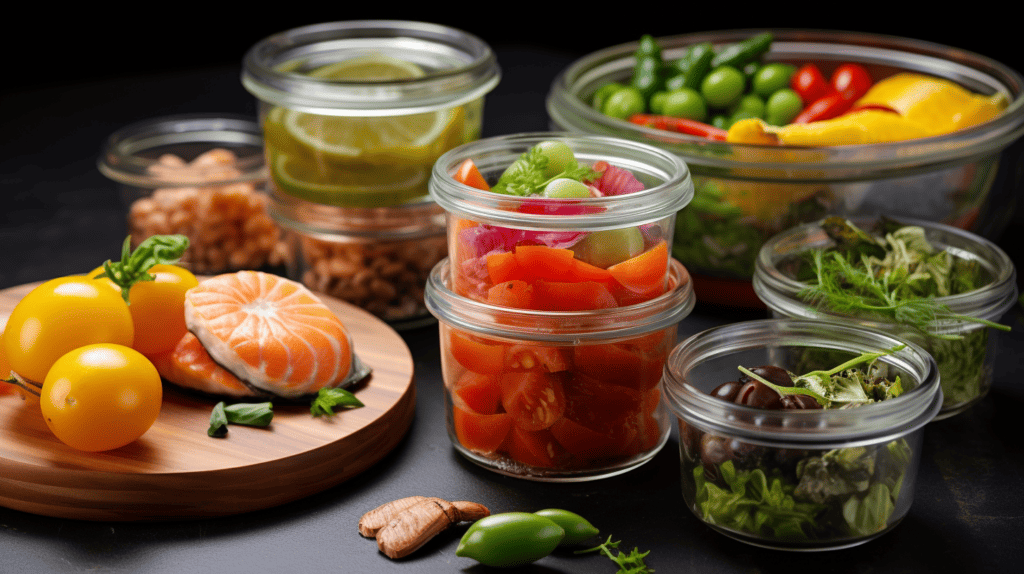
When it comes to plastic food containers, there are many different types available on the market. Each type of container has its own unique features and benefits. In this section, we will explore some of the most common types of plastic food containers.
Box Type Containers
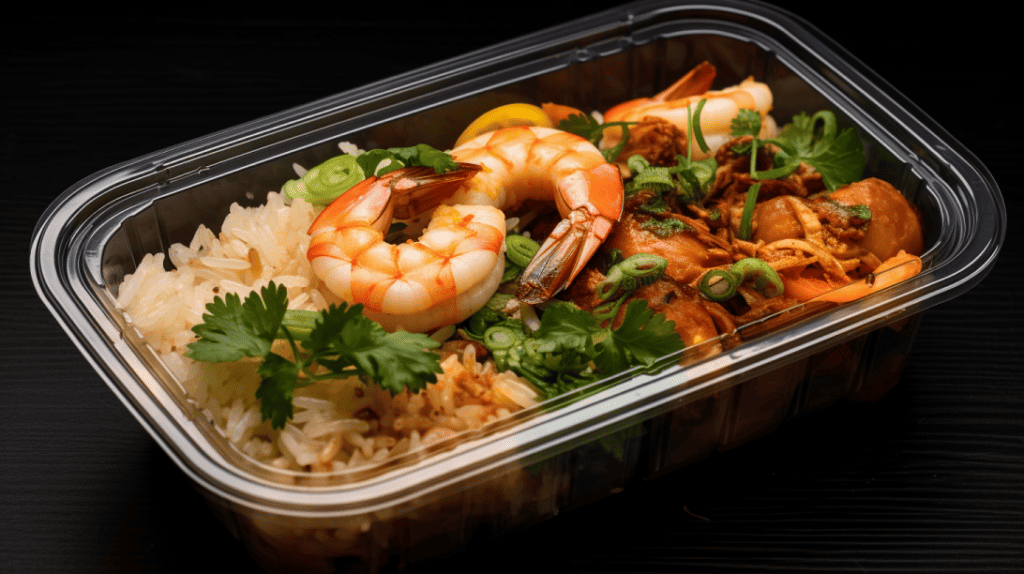
Box type containers are one of the most popular types of plastic food containers. They are available in a variety of sizes and shapes, making them perfect for storing a wide range of foods. Box type containers are also great for packing lunches and snacks. They are typically made from high-density polyethylene (HDPE) or polypropylene (PP), which are both safe for food storage.
Freezer Safe Containers
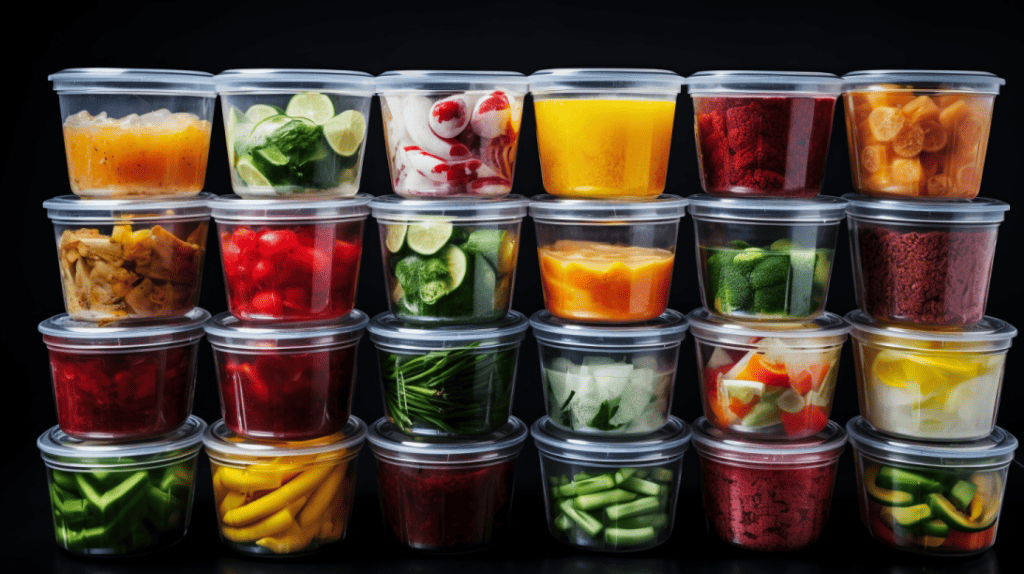
Freezer safe containers are designed to withstand extreme temperatures, making them perfect for storing food in the freezer. These containers are typically made from low-density polyethylene (LDPE) or polypropylene (PP). They are available in a variety of sizes and shapes, making them perfect for storing everything from leftovers to frozen meals.
Microwave Safe Containers
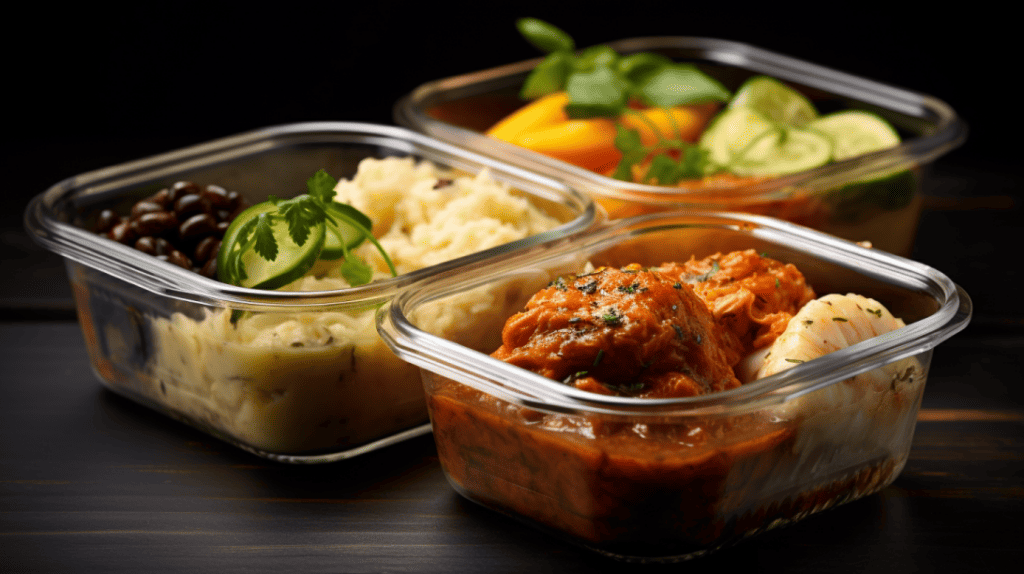
Microwave safe containers are designed to withstand the heat generated by a microwave oven. These containers are typically made from polypropylene (PP) or polycarbonate (PC). They are available in a variety of sizes and shapes, making them perfect for reheating leftovers and cooking meals in the microwave.
Condiment Shakers
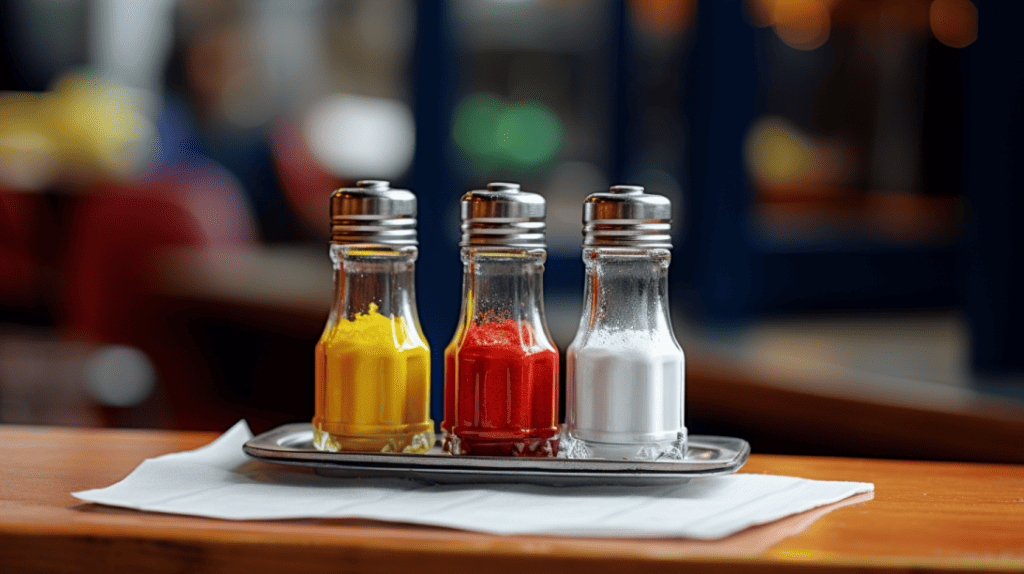
Condiment shakers are small plastic containers that are designed to hold condiments such as salt, pepper, and sugar. They are typically made from polystyrene (PS) or polypropylene (PP). Condiment shakers are great for use at home or in restaurants.
Salt and Pepper Mills
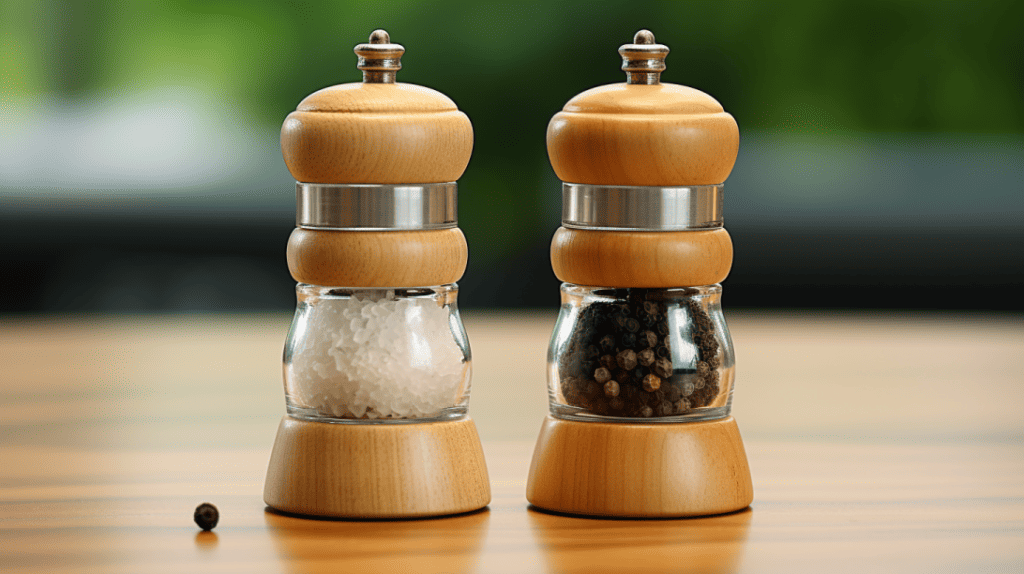
Salt and pepper mills are a type of plastic food container that is designed to grind salt and pepper. They are typically made from polystyrene (PS) or polypropylene (PP). Salt and pepper mills are great for use at home or in restaurants.
Lunch Boxes
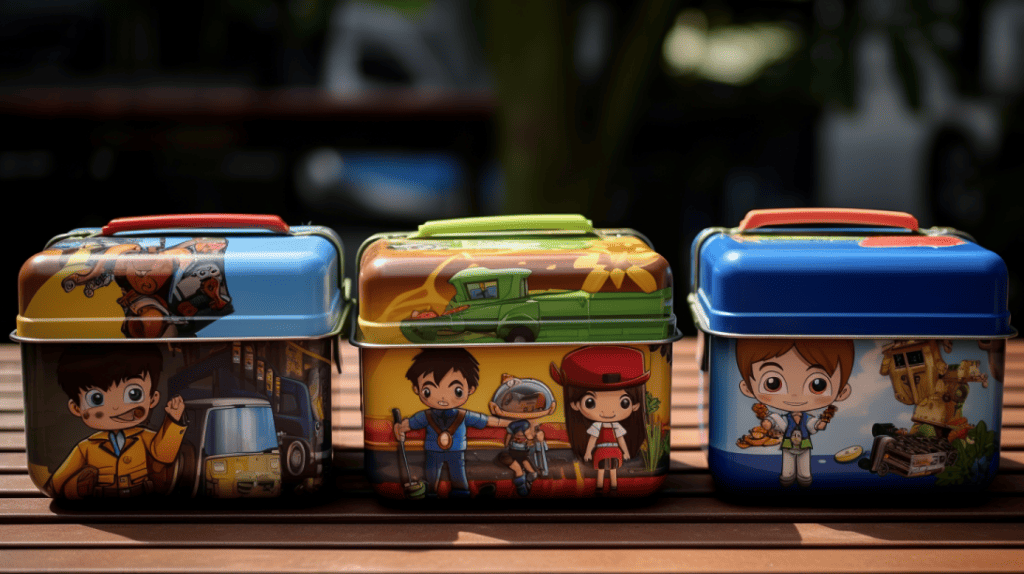
Lunch boxes are a type of plastic food container that is designed to hold a meal for one person. They are typically made from high-density polyethylene (HDPE) or polypropylene (PP). Lunch boxes are great for use at school, work, or when travelling.
In conclusion, there are many different types of plastic food containers available on the market. Each type of container has its own unique features and benefits. When choosing a plastic food container, it is important to consider the type of food you will be storing, as well as any special requirements such as microwave or freezer safe containers.
Usage of Plastic Food Containers
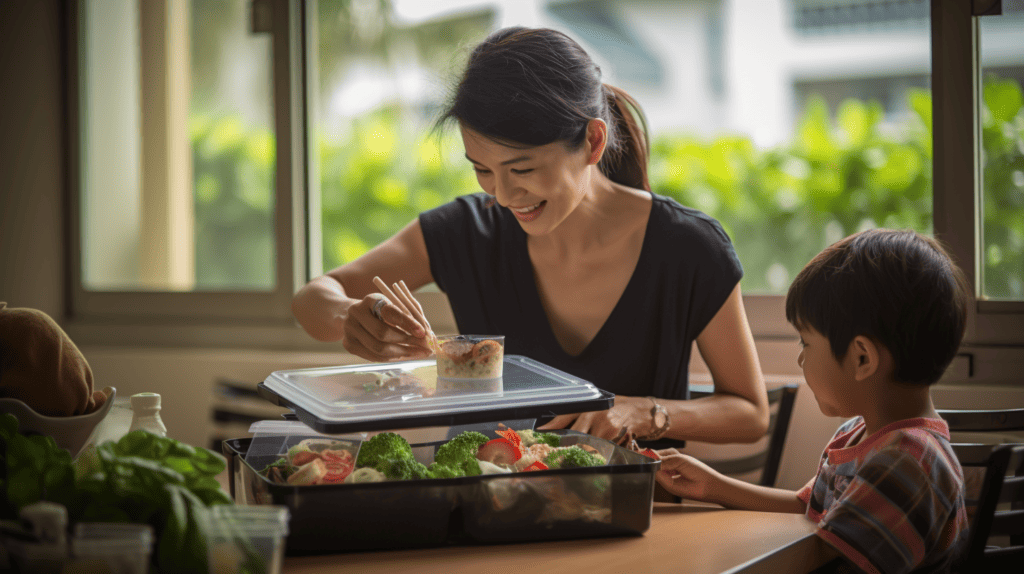
When it comes to food storage, plastic containers are a convenient option for many people. However, it is important to use them safely to avoid any potential health risks.
Food Storage
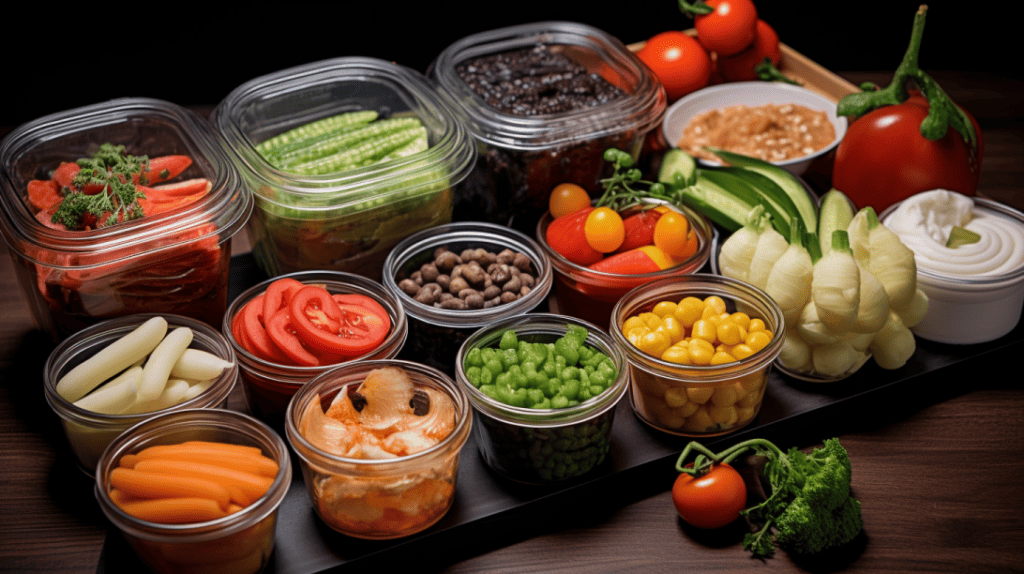
When storing food in plastic containers, make sure to choose containers that are made specifically for food storage. Look for containers that are labelled as BPA-free and are microwave and dishwasher safe. Avoid using containers that are cracked or damaged as they may not provide an airtight seal and could potentially contaminate your food.
It is also important to note that not all plastics are created equal. Plastic containers may bear the same label but be made differently, so it is important to know what makes a safe container. Look for the recycling symbol on the bottom of the container to identify the type of plastic. The safest plastics for food storage are typically marked with the numbers 1, 2, 4, or 5.
Leftovers Storage
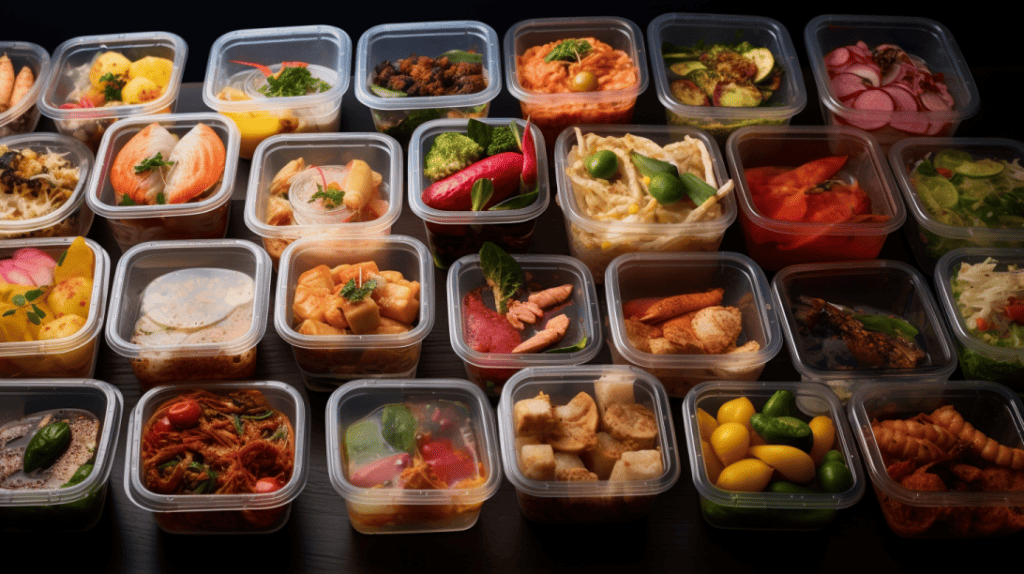
When storing leftovers in plastic containers, make sure to let the food cool down to room temperature before placing it in the container. This will prevent condensation from forming inside the container and potentially causing bacteria growth.
When reheating leftovers in a plastic container, make sure to remove the lid or leave it slightly ajar to allow steam to escape. This will prevent the container from warping or melting in the microwave.
On-the-Go Containers
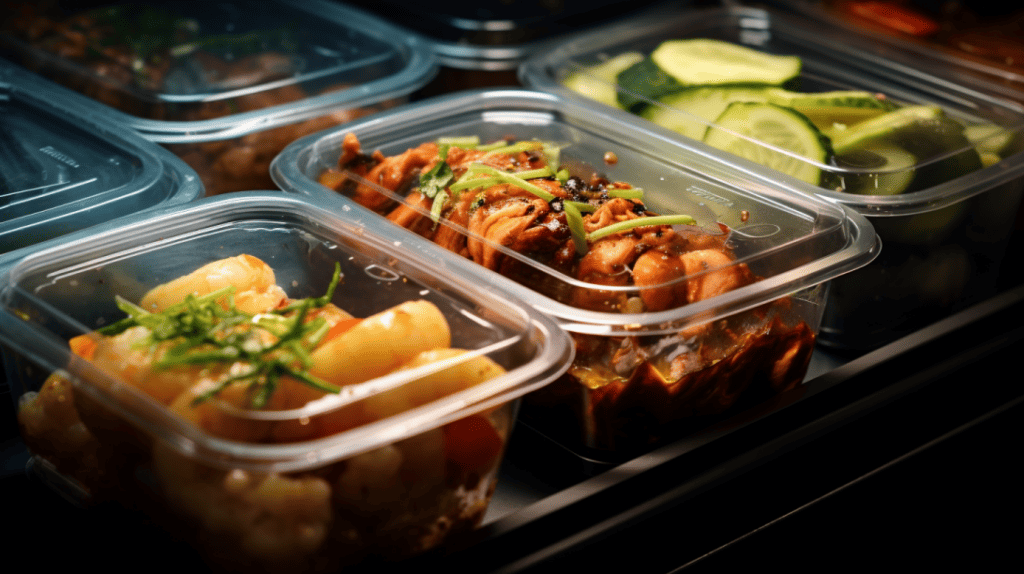
Plastic containers are a popular choice for packing lunches or snacks for on-the-go. When using plastic containers for this purpose, make sure to choose containers that are leak-proof and have a secure lid to prevent any spills.
It is also a good idea to avoid using plastic containers for hot foods or liquids, as they can warp or melt. Instead, opt for insulated containers made specifically for hot foods and beverages.
Overall, plastic containers can be a safe and convenient option for food storage, but it is important to use them properly to avoid any potential health risks. Always follow the manufacturer’s instructions and use common sense when handling and storing food in plastic containers.
Comparing Plastic and Glass Containers
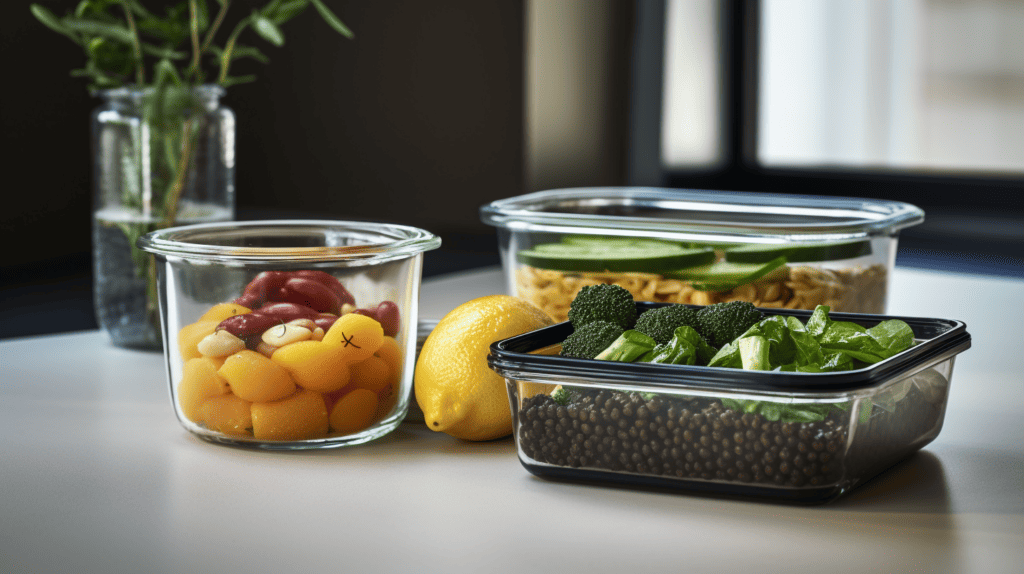
Plastic Vs Glass
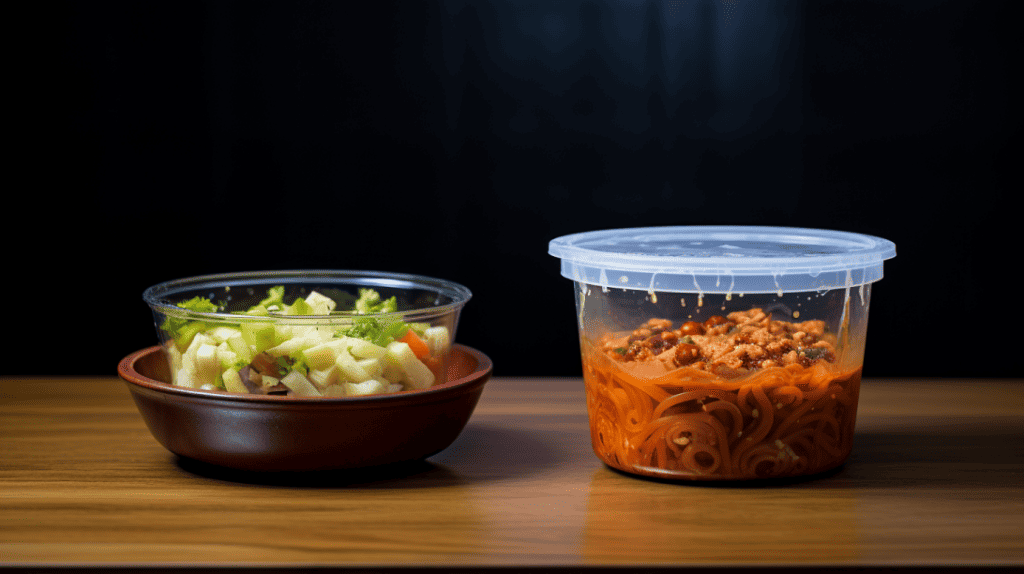
When it comes to food storage containers, the two most popular choices are plastic and glass. Both have their pros and cons, so it’s important to consider your needs before making a decision.
Plastic containers are lightweight and shatterproof, making them a great choice for taking food on the go. They’re also usually less expensive than glass containers. However, plastic containers can leach harmful chemicals into your food, especially when heated or used with acidic foods. This can be a concern for some people, particularly those who are trying to reduce their exposure to toxins.
Glass containers, on the other hand, are non-toxic and won’t leach harmful chemicals into your food. They’re also durable and can be used in the oven or microwave. However, glass containers are heavier and more fragile than plastic containers, making them less portable and more prone to breaking.
Temperature Resistance
Another factor to consider when choosing between plastic and glass containers is temperature resistance. Plastic containers are generally not suitable for use with hot foods or liquids, as they can warp or melt. Glass containers, on the other hand, are suitable for use with both hot and cold foods and liquids.
If you frequently store leftovers or meal prep in the freezer, it’s worth noting that glass containers are generally more freezer-friendly than plastic containers. Glass containers can withstand extreme temperature changes without cracking or breaking, while plastic containers may become brittle and crack in the freezer.
Lightweight or Heavy
The weight of your food storage containers may also be a consideration. Plastic containers are generally much lighter than glass containers, making them easier to carry around and store. This can be especially important if you’re packing food for a picnic or taking lunch to work.
However, the weight of glass containers can also be an advantage in certain situations. If you’re storing food in the fridge or freezer, the weight of the container can help keep it in place and prevent spills. Additionally, the weight of glass containers can make them feel more substantial and high-quality, which may be a consideration if you’re looking for a more premium food storage option.
In summary, when choosing between plastic and glass containers, it’s important to consider your needs and preferences. If you’re looking for a lightweight, portable option, plastic containers may be the way to go. However, if you’re concerned about toxins or want a more durable, versatile option, glass containers may be a better choice.
Material and Safety of Plastic Food Containers
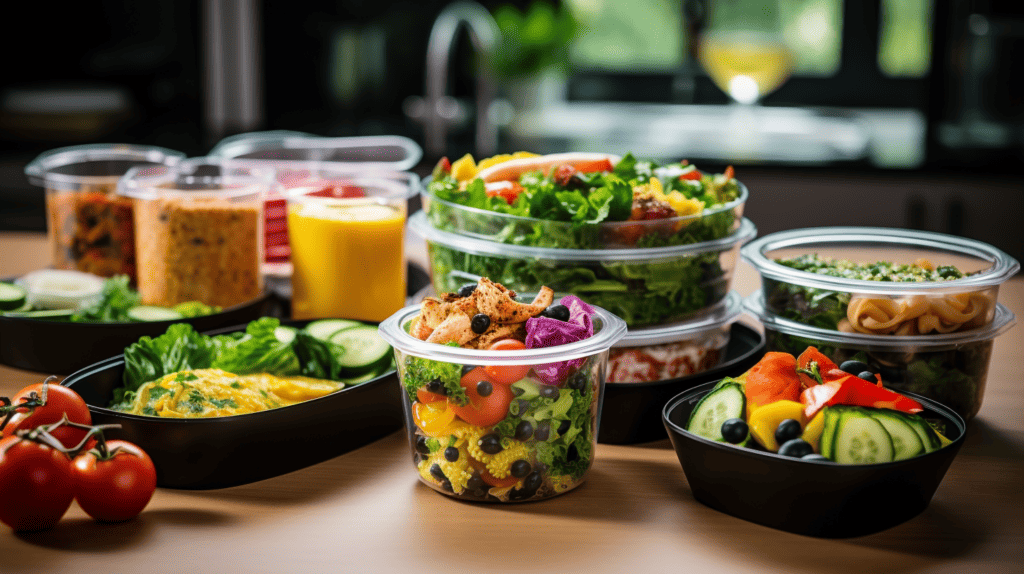
When it comes to plastic food containers, it’s important to consider the material and safety of the container. Here are some things you should know:
BPA-Free Plastic
Bisphenol A (BPA) is a chemical that has been used in the manufacturing of plastic food containers. However, there are concerns that BPA can leach into food and potentially cause health problems. As a result, many plastic food containers are now labelled as “BPA-free”.
BPA-free plastic is made without the use of BPA, which means it is less likely to leach harmful chemicals into your food. If you’re concerned about the safety of your plastic food containers, look for those that are labelled as BPA-free.
Food Grade Materials
Another important consideration when it comes to plastic food containers is the material used. Food grade materials are those that are safe for use with food. They are designed to be non-toxic and to not leach harmful chemicals into your food.
Common food grade plastics include polyethylene (PE), polypropylene (PP), and polyethylene terephthalate (PET). These materials are often used in the manufacturing of plastic food containers because they are lightweight, durable, and easy to clean.
It’s important to note that not all plastics are food grade. Some plastics, such as PVC and polycarbonate, can leach harmful chemicals into your food. If you’re unsure whether a plastic food container is food grade, look for a label or contact the manufacturer for more information.
In summary, when it comes to plastic food containers, it’s important to choose those that are made from food grade materials and are labelled as BPA-free. This will help to ensure that your food is safe and free from harmful chemicals.
Popular Brands of Plastic Food Containers
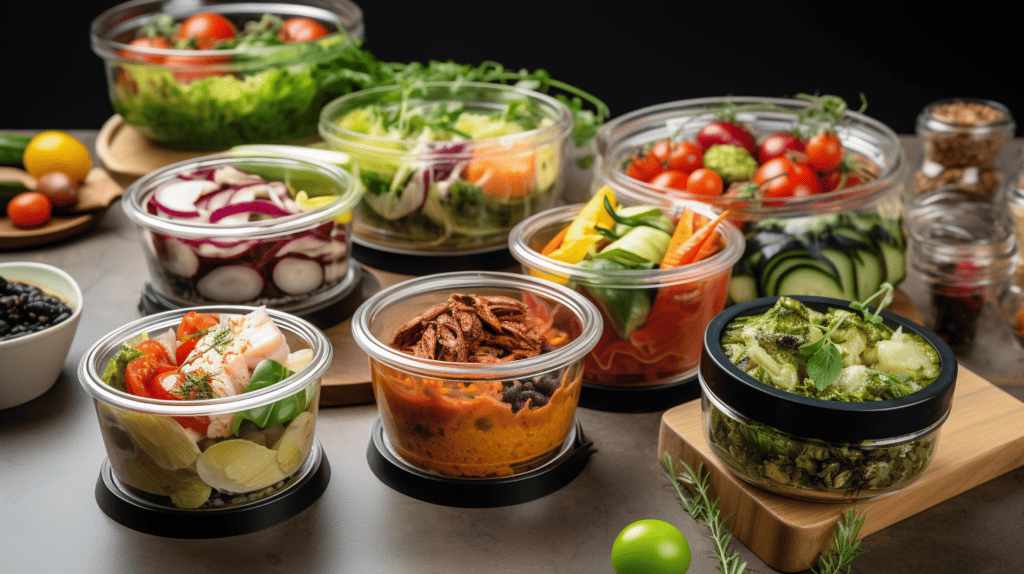
When it comes to plastic food containers, there are a number of popular brands that you may want to consider. Here are a few of the most well-known brands and what they have to offer:
IKEA 365+
If you’re looking for affordable, practical plastic food containers, IKEA’s 365+ range is a great option. These containers are made from durable plastic and come in a range of sizes and shapes, so you can find the perfect fit for your needs. They’re also stackable, making them easy to store in your kitchen cupboards or fridge.
One of the standout features of IKEA 365+ containers is their snap-on lids, which create an airtight seal to keep your food fresher for longer. The lids are also transparent, so you can easily see what’s inside each container without having to open it up.
Another great thing about IKEA 365+ containers is that they’re dishwasher-safe, making them easy to clean and reuse. Plus, they’re BPA-free, so you can feel confident that you’re not exposing yourself or your family to harmful chemicals.
Overall, if you’re looking for affordable, practical, and functional plastic food containers, IKEA 365+ is definitely worth considering.
Keeping Food Fresh in Plastic Containers
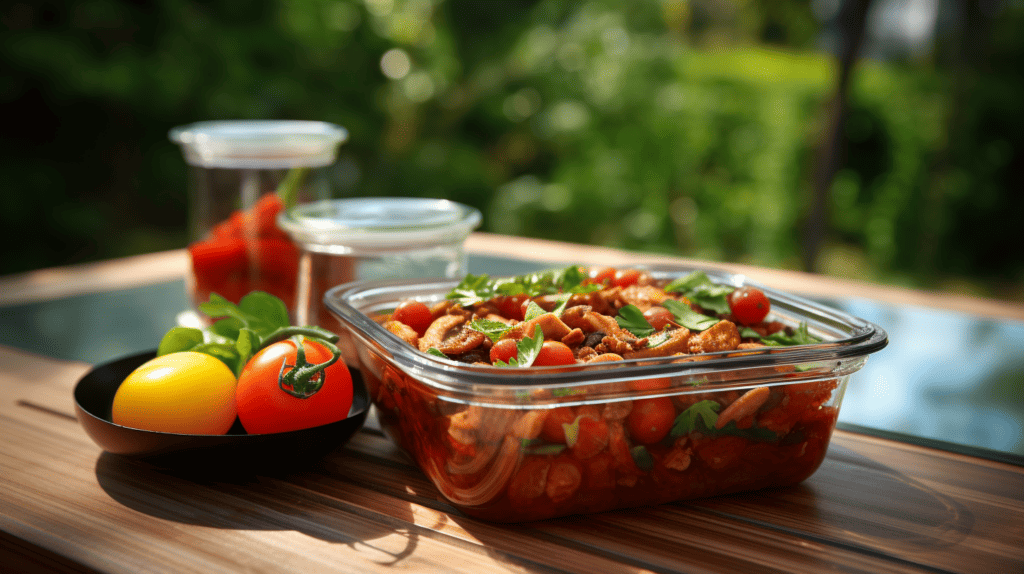
Plastic food storage containers are a convenient and affordable way to keep your food fresh. Here are some tips to help you get the most out of your plastic containers:
Choose the Right Container
When selecting a plastic container, be sure to choose one that is appropriate for the type of food you are storing. For example, if you are storing soup or other liquids, choose a container with a tight-fitting lid and a secure seal. If you are storing dry goods, such as cereal or pasta, choose a container with an airtight seal to keep out moisture and pests.
Store Food Properly
To keep your food fresh in plastic containers, it is important to store it properly. Be sure to store your containers in a cool, dry place away from direct sunlight. Avoid storing plastic containers in the freezer, as they can become brittle and crack.
Clean Containers Thoroughly
To prevent the growth of bacteria and other harmful microorganisms, it is important to clean your plastic containers thoroughly after each use. Wash them in hot, soapy water and rinse them well. If your containers have stubborn stains or odours, try soaking them in a mixture of baking soda and water.
Replace Containers as Needed
Over time, plastic containers can become scratched, stained, or warped, which can compromise their ability to keep your food fresh. Be sure to replace your containers as needed to ensure that your food stays safe and fresh.
In summary, plastic food storage containers can be a great way to keep your food fresh, as long as you choose the right container, store your food properly, clean your containers thoroughly, and replace them as needed.
Ordering and Delivery of Plastic Food Containers
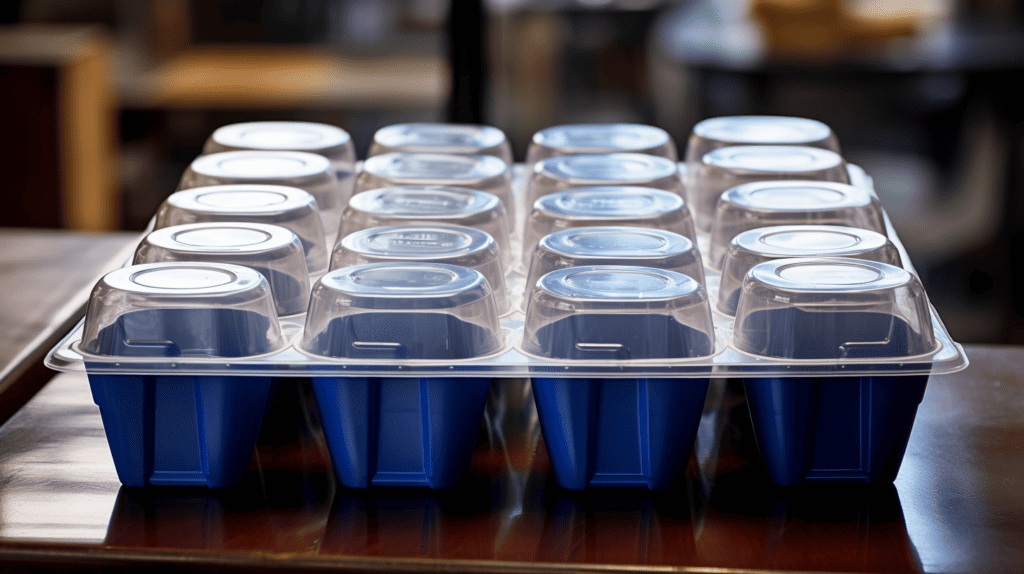
Ordering and delivery of plastic food containers in Singapore is a simple process. Most suppliers offer online ordering, making it easy for you to browse and select the products you need. You can place your order at any time of the day, and the supplier will process it as soon as possible.
When you order plastic food containers, you may be eligible for free delivery. Some suppliers offer free delivery for orders above a certain amount. You can check the supplier’s website or contact their customer service team to find out if you qualify for free delivery.
If you do not qualify for free delivery, the supplier will charge a delivery fee. The delivery fee may vary depending on the distance between your location and the supplier’s warehouse. Some suppliers may also charge a handling fee for processing your order.
After you have placed your order, the supplier will process it and prepare your plastic food containers for delivery. The delivery time may vary depending on the supplier’s stock availability and delivery schedule. Some suppliers offer next-day delivery, while others may take up to three days to deliver your order.
When your plastic food containers are ready for delivery, the supplier will contact you to arrange a delivery time. You can choose to have your plastic food containers delivered to your doorstep or pick them up from the supplier’s warehouse.
In summary, ordering and delivery of plastic food containers in Singapore is a straightforward process. You can place your order online, and the supplier will process it as soon as possible. You may be eligible for free delivery, and the delivery time may vary depending on the supplier’s stock availability and delivery schedule.
Care and Maintenance of Plastic Food Containers
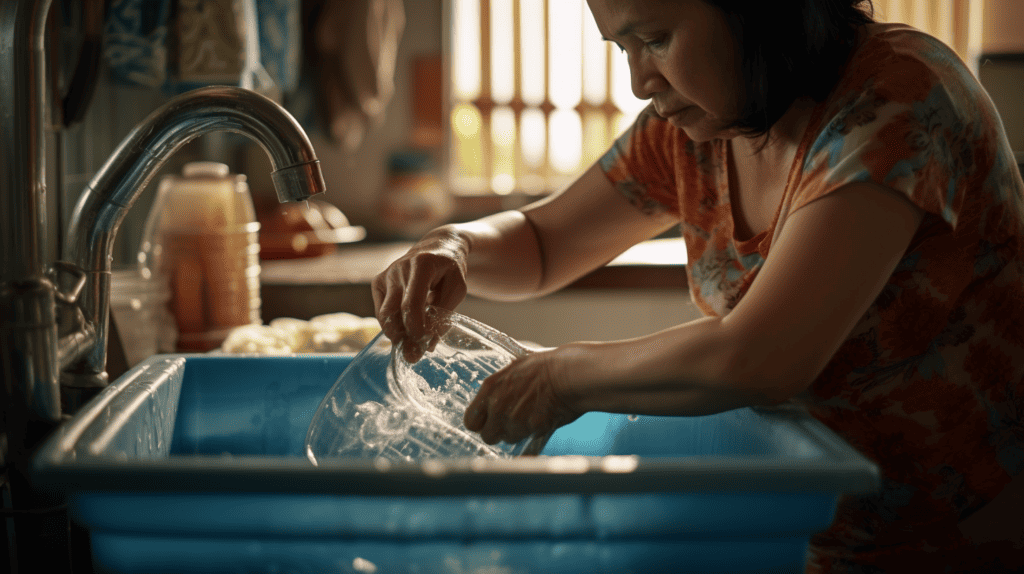
When it comes to using plastic food containers, proper care and maintenance are essential to ensure their longevity and safety. Here are some tips for taking care of your plastic food containers:
Dishwasher Safe
Many plastic food containers are dishwasher safe. However, it is important to check the label or packaging to make sure before putting them in the dishwasher. Here are some tips for washing plastic food containers in the dishwasher:
- Place the containers on the top rack of the dishwasher to avoid warping or melting.
- Use a mild detergent and avoid using harsh chemicals or bleach.
- Avoid using high heat settings, as this can cause the containers to warp or melt.
Oven Safe
Not all plastic food containers are safe for use in the oven. It is important to check the label or packaging to make sure before using them in the oven. Here are some tips for using plastic food containers in the oven:
- Make sure the container is oven safe and can withstand the temperature you plan to use.
- Avoid using plastic containers in the oven for extended periods of time, as this can cause them to melt or warp.
- Do not use plastic containers in the oven at temperatures higher than 375°F (190°C).
Other tips for taking care of your plastic food containers include:
- Avoid using abrasive sponges or scrubbers, as these can scratch the surface of the containers and cause bacteria to grow.
- Do not use plastic containers in the microwave, unless they are specifically labeled as microwave safe.
- Store plastic containers in a cool, dry place away from direct sunlight.
By following these tips, you can ensure that your plastic food containers remain safe and in good condition for longer.
Condiments and Spices Storage in Plastic Containers
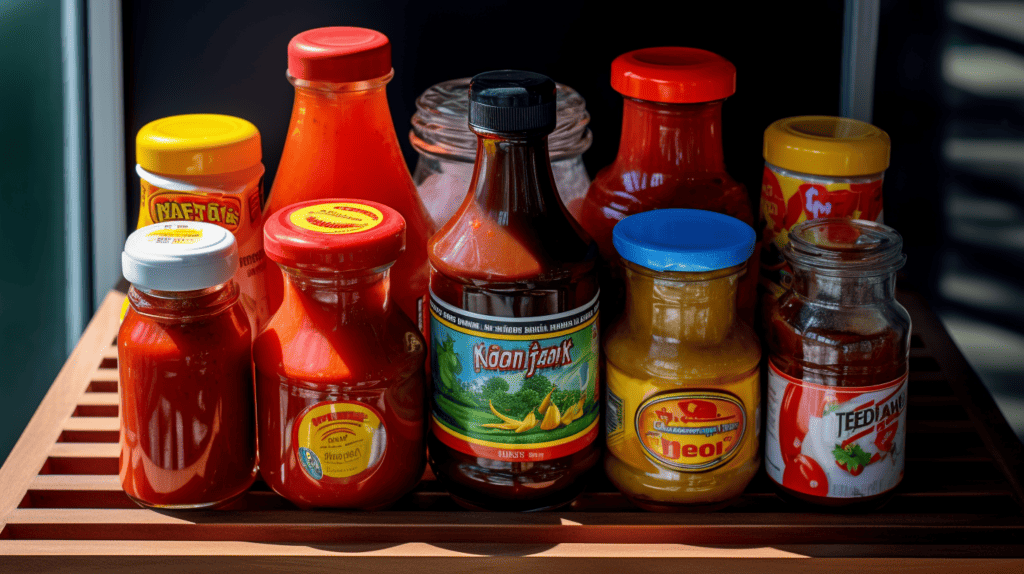
When it comes to storing condiments and spices, plastic containers are a popular choice due to their affordability and convenience. Here are some options to consider:
Condiment Stands
Condiment stands are a great way to keep your most-used condiments organized and within reach. Many condiment stands are made of plastic and come with removable compartments for easy cleaning. Look for stands with non-slip feet to keep them in place on your countertop or table.
Dry Food Jars
Dry food jars are another option for storing spices and condiments. These jars are typically made of plastic and come in a variety of sizes and shapes. Look for jars with airtight lids to keep your spices fresh and prevent moisture from getting in.
Spice Containers
Spice containers are designed specifically for storing spices and come in a range of sizes and shapes. Many spice containers are made of plastic and have airtight lids to keep your spices fresh. Look for containers with labels or clear windows so you can easily identify the contents.
When storing oils in plastic containers, it’s important to choose containers that are made from food-grade plastic to avoid any potential contamination. It’s also important to avoid exposing plastic containers to high temperatures, as this can cause the plastic to break down and release harmful chemicals.
Overall, plastic containers can be a convenient and affordable option for storing condiments and spices. Just be sure to choose containers that are made from food-grade plastic and avoid exposing them to high temperatures.
Using Plastic Containers for Meals
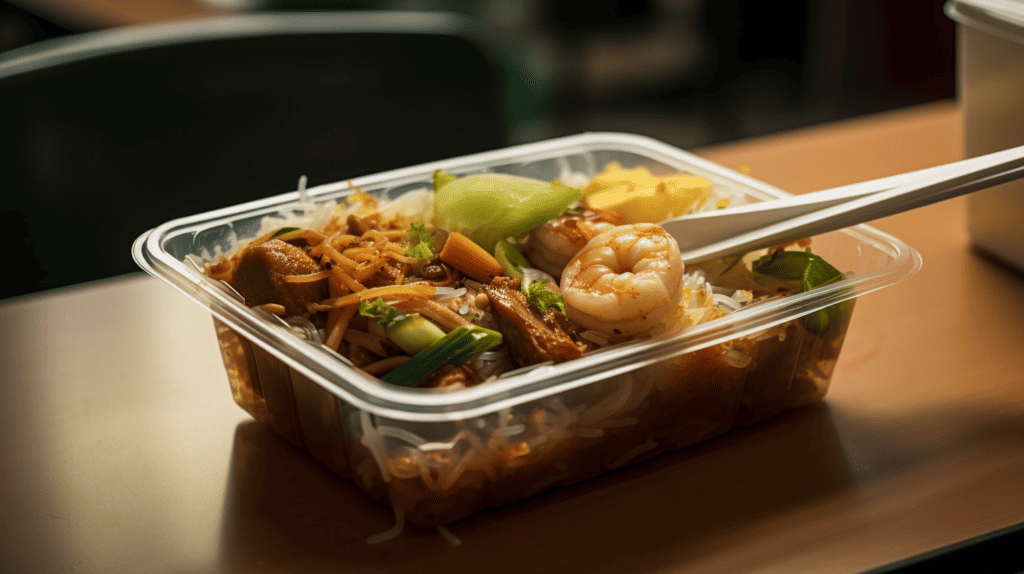
When it comes to meal prepping or packing your lunch for work, plastic containers are a convenient and popular option. However, it’s important to use them safely to avoid any potential health risks. Here are some tips for using plastic containers for meals.
Dinner Containers
When it comes to dinner containers, it’s important to choose the right type of plastic. Look for containers that are labelled as safe for food contact, and avoid those that are made with PVC or polycarbonate. These types of plastic can release harmful chemicals when heated, which can then leach into your food.
Another important factor is the temperature at which you use your plastic containers. Avoid using them in the microwave or oven unless they are specifically labelled as microwave-safe or oven-safe. Even then, it’s a good idea to avoid using them at high temperatures for long periods of time.
When it comes to cleaning your plastic containers, be sure to follow the manufacturer’s instructions. Most plastic containers can be washed in the dishwasher, but some may need to be hand-washed. Avoid using harsh chemicals or abrasive scrubbers, as these can damage the plastic and cause it to break down over time.
Overall, plastic containers can be a convenient and safe option for storing and transporting your meals. Just be sure to choose the right type of plastic, avoid using them at high temperatures, and follow the manufacturer’s instructions for cleaning and care.
Frequently Asked Questions
What are some alternatives to plastic food containers for food storage?
If you are looking for alternatives to plastic food containers, there are several options available. Glass containers, stainless steel containers, and silicone containers are some popular choices. These containers are durable, reusable, and can be easily cleaned. You can also use paper, cloth, or beeswax wraps to store your food.
Where can I find wholesale plastic food containers?
You can find wholesale plastic food containers at various online and offline retailers. Some popular online retailers include Amazon, eBay, and Alibaba. You can also check with your local wholesale stores or restaurant supply stores.
What are some tips for selecting the best container for food storage?
When selecting a container for food storage, consider the material, size, and shape of the container. Look for containers that are made of food-grade materials and are free of BPA and other harmful chemicals. Choose containers that are the right size for your needs and can be easily stacked or stored. Consider the shape of the container and whether it will fit in your refrigerator or freezer.
How can I determine if a plastic container is food safe?
Look for containers that are marked as “food safe” or “BPA-free”. You can also check the recycling code on the bottom of the container. Containers with the recycling codes 1, 2, 4, and 5 are generally considered safe for food storage.
What are the benefits of using large plastic food containers?
Using large plastic food containers can be convenient for storing large quantities of food. They can also help to keep your food fresh for longer periods of time by reducing the amount of air that comes into contact with the food. Additionally, using larger containers can help to reduce the amount of packaging waste generated by using multiple smaller containers.
What are the environmental impacts of using disposable plastic food containers?
Disposable plastic food containers can have a significant impact on the environment. They contribute to the growing problem of plastic pollution in our oceans and landfills. Additionally, the production of plastic containers requires the use of fossil fuels, which contributes to climate change. By using reusable containers, you can help to reduce your environmental impact and protect our planet.




